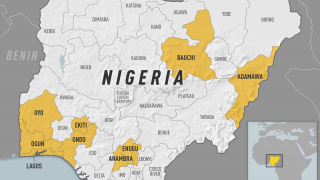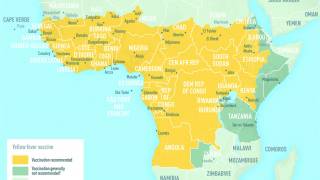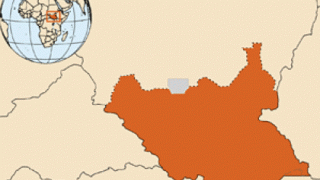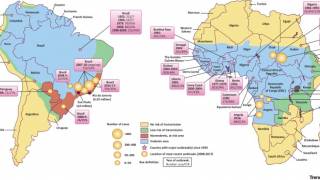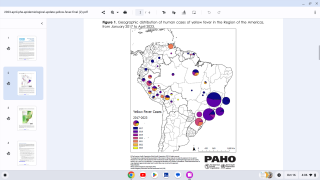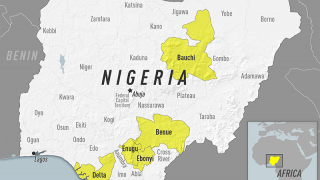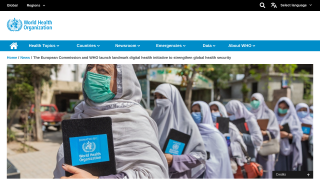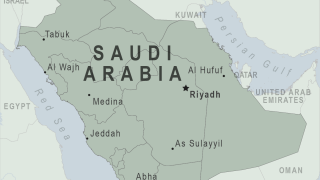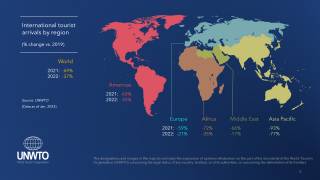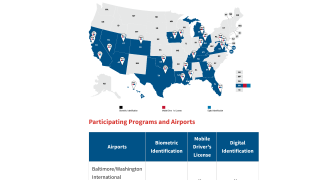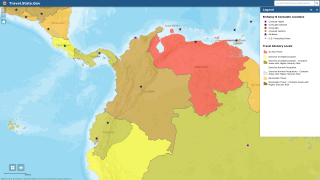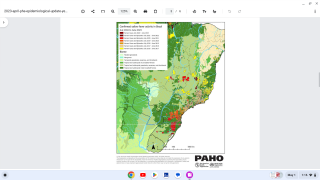Africa's Yellow Fever Outbreaks Intensified in 2022
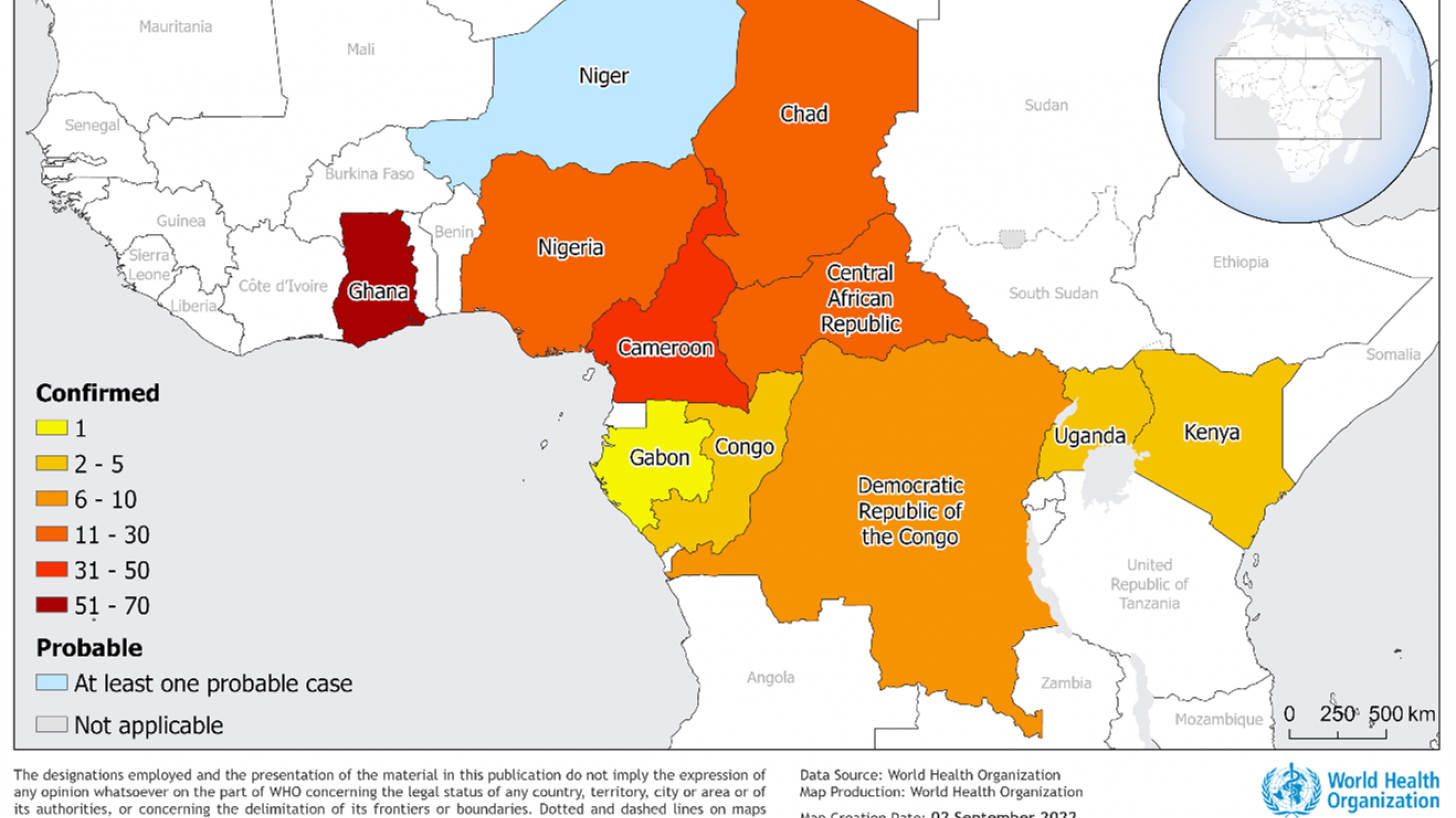
The WHO African Region recently confirmed that the threat of yellow fever outbreaks continues to affect African countries, with twenty-seven countries now classified as high-risk by the Eliminate Yellow fever Epidemics (EYE) global strategy.
The WHO's EYE strategy aims to enable every person in yellow fever at-risk countries to be protected against the disease.
Currently, the WHO assesses the risk of an outbreak at the regional level to be high.
This year, twelve countries in the African region have reported 184 confirmed cases and 274 probable cases, including 21 related fatalities, as of August 26, 2022.
In 2022, two additional countries, Kenya and Uganda, reported yellow fever cases.
Innovative response measures, most notably reactive and preventive yellow fever vaccination campaigns, are ongoing in the affected countries.
The WHO stated on September 2, 2022, 'immunization is the most important and effective measure to prevent yellow fever outbreaks in Africa.'
"As we have seen over the years, being protected against Yellow fever is a prudent decision,' said Duellyn Pandis, DNP, MS, APRN, FNP-C, President & CEO, Passport Health of Tampa Bay.
"At PassportHealth-Tampa, we advise future travelers to visit us early in the trip-planning process, as additional vaccination may be needed, and the most effective immunization takes a few days to develop."
"It's always best when a person speaks to a certified travel vaccine provider to ensure robust protections are delivered."
Since the beginning of 2021, over 3.9 million people have been vaccinated through reactive vaccination campaigns in Cameroon, the Central African Republic, Chad, Ghana, and Kenya.
As part of the outbreak response in 2022, there have been seven Reactive vaccination campaigns (RVC).
From January 2021 to August 26, 2022, about 4 million persons have been vaccinated with support from the International Coordination Group (ICG);
An additional RVC has been approved by ICG for implementation in the Central African Republic and is expected to reach 345,920 people.
Moreover, preventive mass vaccination campaigns (PMVC) target areas at high risk of virus transmission and inadequate population immunity.
Approximately 80 million people are expected to be protected by a PMVC in 2022.
On September 7, 2022, local media reported Dr. George Ugwu, Executive Secretary of the Enugu State Primary Health Care Development Agency in Nigeria, stated: "that vaccination would be done before the end of September 2022, as the state was not relenting in its health responsibility even as neighboring states had recorded some sporadic fresh outbreaks."
Yellow fever is an epidemic-prone disease caused by an arbovirus transmitted to humans by the bites of infected Aedes and Haemagogus mosquitoes, says the WHO.
Death can occur within 7 - 10 days in about half of cases with severe symptoms.
A single yellow fever vaccine can provide immunity and protection against the disease.
The vaccine provides effective immunity within 30 days for more than 99% of people vaccinated.
A booster dose of the vaccine is generally not needed, says the WHO.
Currently, there are two yellow fever vaccines available globally.
The YF-Vax vaccine is available in the USA at certified clinics and travel pharmacies.
Furthermore, the WHO says the risk at the global level is assessed to be low as no exported cases of yellow fever have been reported.
To notify international travelers of potential risks, the U.S. CDC issued several Level 2 Practice Enhanced Precautions Alerts in 2022.
The CDC says 'travelers who received yellow fever vaccine ten or more years ago should talk with their healthcare provider about whether they need a booster shot.
And travelers who cannot be vaccinated against yellow fever (for any reason) should not travel to areas with active risks.
Vax-Before-Travel publishes fact-checked, research-based travel vaccine news curated for international travelers.
Note: Updated to included healthcare provider comment and related link on Oct. 30, 2022.
Our Trust Standards: Medical Advisory Committee



